
Estás filtrando por
Se encontraron 731 resultados en recursos

Compartir este contenido
Dejar de Fumar con Éxito Total
Copia el enlace o compártelo en redes sociales
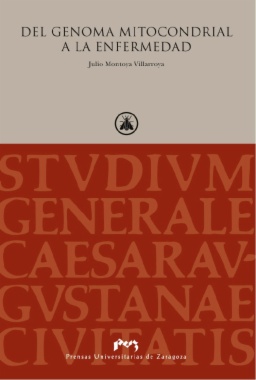
Del genoma mitocondrial a la enfermedad
Compartir este contenido
Del genoma mitocondrial a la enfermedad
Copia el enlace o compártelo en redes sociales
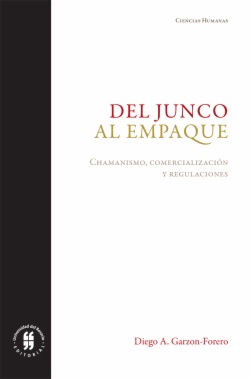
Del junco al empaque : chamanismo, comercialización y regulaciones
Compartir este contenido
Del junco al empaque : chamanismo, comercialización y regulaciones
Copia el enlace o compártelo en redes sociales
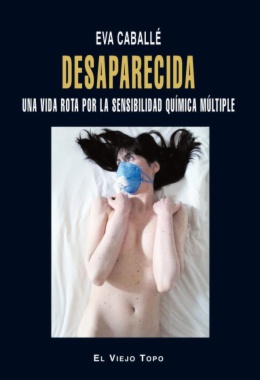
Desaparecida
Compartir este contenido
Desaparecida
Copia el enlace o compártelo en redes sociales
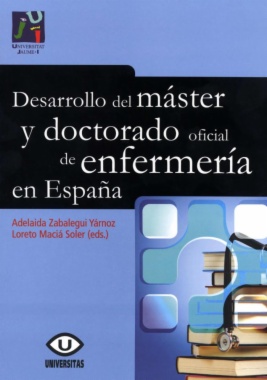
Desarrollo del máster y doctorado oficial de enfermería en España
Compartir este contenido
Desarrollo del máster y doctorado oficial de enfermería en España
Copia el enlace o compártelo en redes sociales
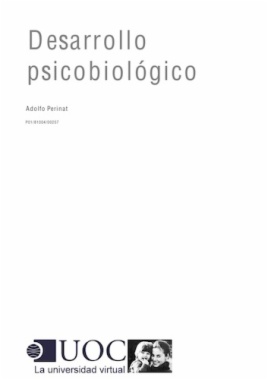
Desarrollo psicobiológico
Compartir este contenido
Desarrollo psicobiológico
Copia el enlace o compártelo en redes sociales
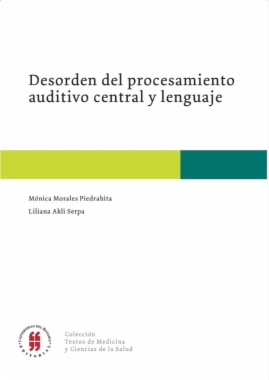
Desorden del procesamiento auditivo central y lenguaje
Compartir este contenido
Desorden del procesamiento auditivo central y lenguaje
Copia el enlace o compártelo en redes sociales
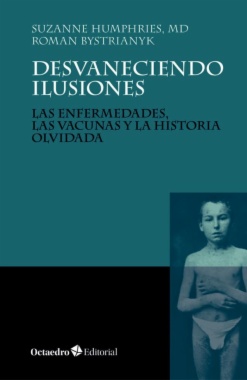
Desvaneciendo ilusiones : Las enfermedades, las vacunas y la historia olvidada
Compartir este contenido
Desvaneciendo ilusiones : Las enfermedades, las vacunas y la historia olvidada
Copia el enlace o compártelo en redes sociales
Diagnostic Agreement of Microscopy Observation of Drug Susceptibility assay (MODS+) with Sensititre Myco-TB plate for first- and second-line anti-TB drugs
Compartir este contenido
Diagnostic Agreement of Microscopy Observation of Drug Susceptibility assay (MODS+) with Sensititre Myco-TB plate for first- and second-line anti-TB drugs
Copia el enlace o compártelo en redes sociales
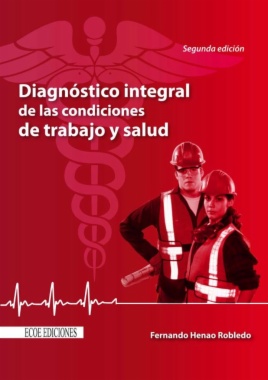
Diagnóstico integral de condiciones de trabajo y salud
Compartir este contenido
Diagnóstico integral de condiciones de trabajo y salud
Copia el enlace o compártelo en redes sociales
Selecciona las Colecciones en las que vas a añadir el contenido
Para consultar los contenidos añadidos busca la opción Tus colecciones en el menú principal o en Mi perfil.
